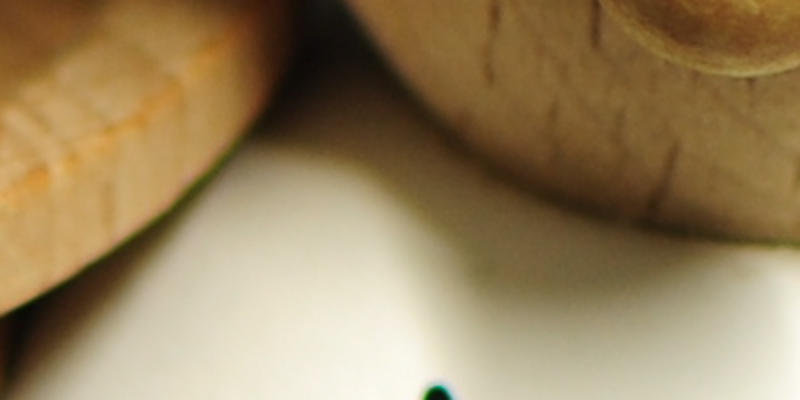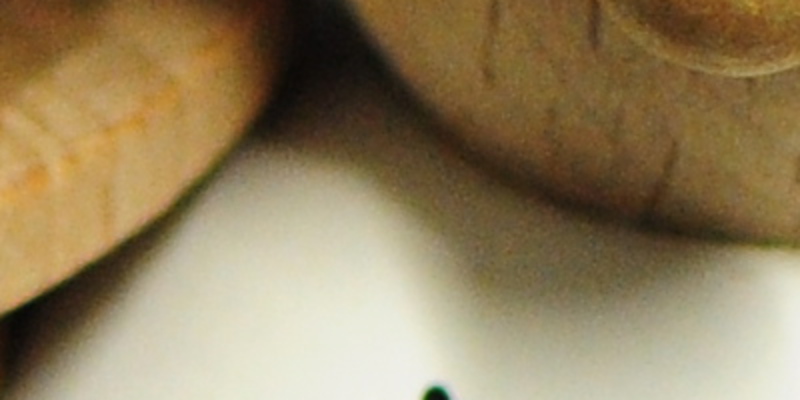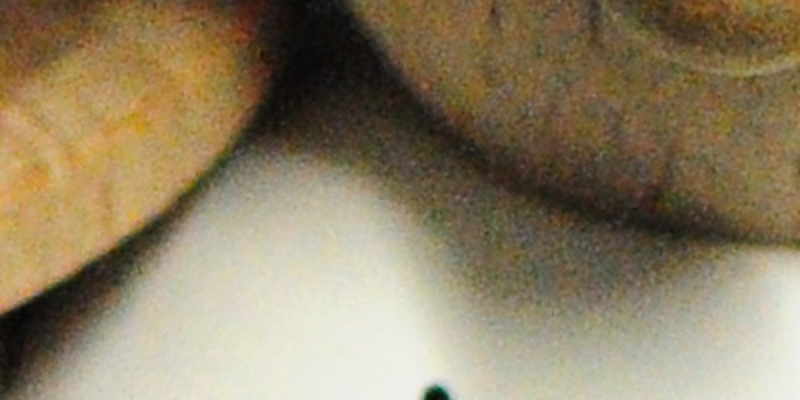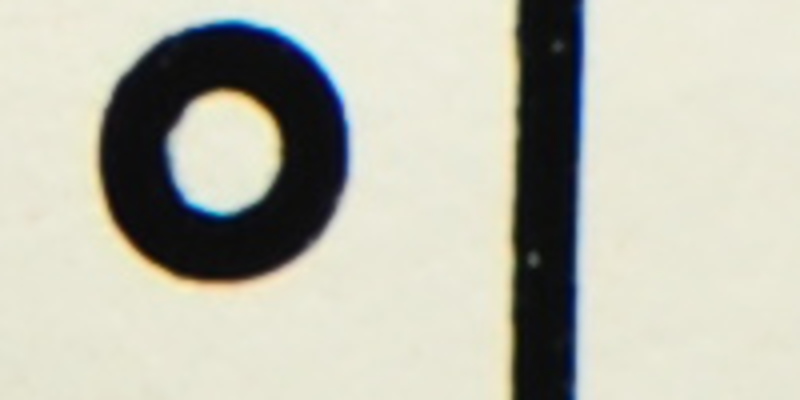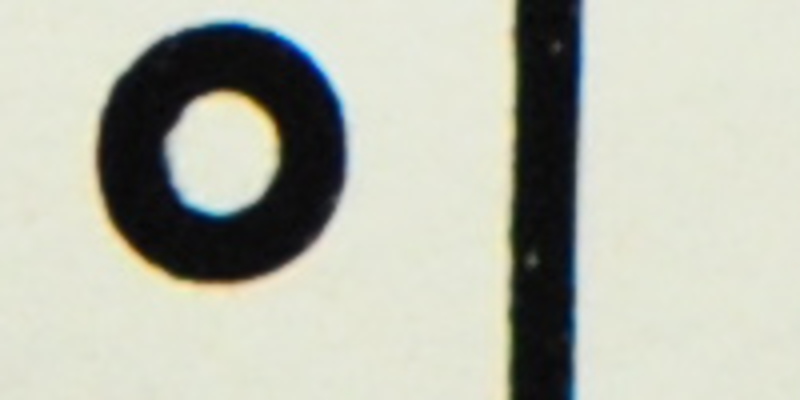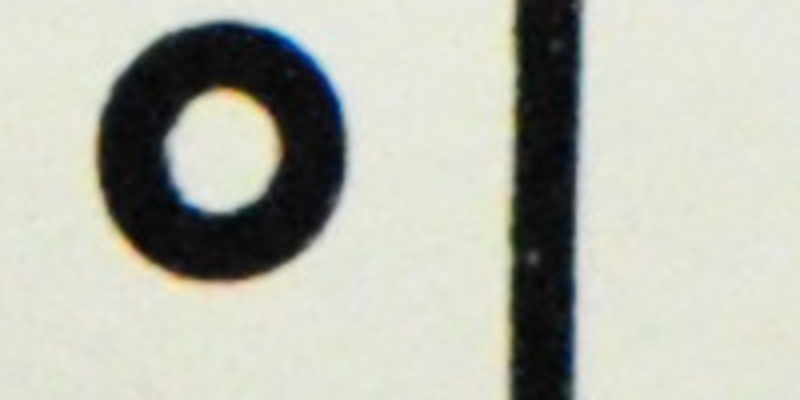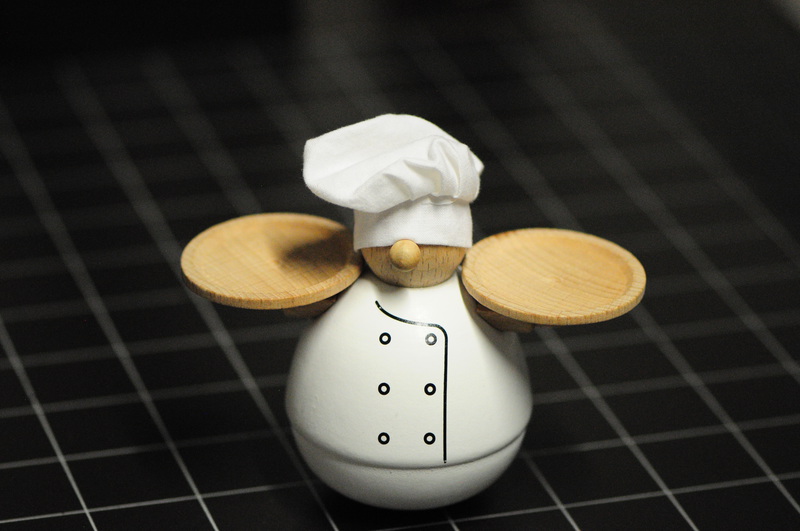Aperture
Letting light into your camera
Aperture literally tells you how much the opening is in your lens that lets light into your camera. But that is not the entire story, you balance the amount of light coming into your camera which effects speed (and exposure time) with depth of field. Sometimes deliberately.
The more open your lens (the number in f/number is lower), the more light comes in to your camera. So f/2.8 is faster than f/5.6, we also discuss this trade-off under ISO. But there is more to the story.
Practically all lenses allow you to control the aperture, it is one of the basic settings. There is the maximum you can open the lens, this is the f/number that the lens is known with.
At least in theory, the fastest lens setting is the best. It allows more light, so you can either use a faster exposure time helping you to capture faster moving things, compensate for movement of the camera while taking a picture (that helps with sharpness or allow you to use a less noisy ISO setting.
But in a lot of cases you want to play with this setting. Here is why:
Controlling depth of field
The first problem you have is depth of field. An open lens collects a lot of light at the distance it is focused on and an area just around this point. If you collect a lot of light (when your lens is wide open) all this light comes from an even narrower distance behind and in front of where you have focused. Everything else stays out of focus and appears blurred. Do you want to have things that are not at the same focal plane appear sharp and in focus, you will need to increase the number in f/number, close your lens. So if your loved ones are posing in front of the Pyramids you have three choices
- Use f/2.8 and have your loved ones in focus
- Use f/2.8 and the Pyramids in focus
- Use f/32 and have a picture where your loved ones and the Pyramids manage to appear on the picture.
There is actually a fourth choice. The depth of field varies with distance, so if you manage to frame your loved ones quite far (i.e. 10m) then at that distance even for a small f number you will be getting everything in focus. This is what long lenses are able to do for you. On the other extreme, in macro photography where you focus really close, the depth of field becomes a real issue.
Lenses have issues at open settings
A completely different problem is that at its maximum settings, the lenses usually suffer more from various unidealities. The basic problem of a wide open lens is fall off, that the corners of your image do not get the same amount of light as the center part of the image. Stepping up, or closing the aperture will usually help in this case.
Too much light
And sometimes, there is just too much light. A rule of thumb (The Sunny f/16 rule) says:
- On a sunny day, with ISO 100, you expose at 1/100s with aperture f/16
Well that translates to about ISO 100, 1/8000s with aperture f/1.8, which is faster than some cameras are able to expose. The higher the f-number, the longer you have to expose, which is what you sometimes want, either because the camera can not expose for such a short amount of time, or you want to smooth something (waterfalls, propellers) by exposing deliberately longer, and the fast lens settings will work against you.
Of course there are other remedies for this, for example adding a dark filter in front of your camera to artificially reduce the amount of light coming into your lens.
text
Text
Fact is that most modern cameras can produce excellent images with higher ISO levels, more so if you need to scale due to the limitations of the medium you are using. You can effectively speed up your system by simply increasing ISO. If you stay within reasonable levels, you will not even notice, unless you are counting pixels and zooming in like crazy.
This additional speed can be used in two ways:
- Compensate for slower lenses that have higher maximum aperture but are much cheaper.
- Increase the exposure time so that movement (both you and your subject) effects the sharpness of your picture less.
The obsession with fast lenses dates back to a time, where photographers were limited by the film they used in their camera. You can simply move from ISO 100 to ISO 400 to compensate the speed difference between a f/1.4 and a f/2.8 lens.
These pages are for Amateur Photographers and not really for seasoned photographers and professionals. I have no affiliation or commercial interest with any brand/make. I write from my own experience. I ended up using mainly Nikon, so I am more familiar with this brand than others. See price for notes on pricing as well as photography related links.
